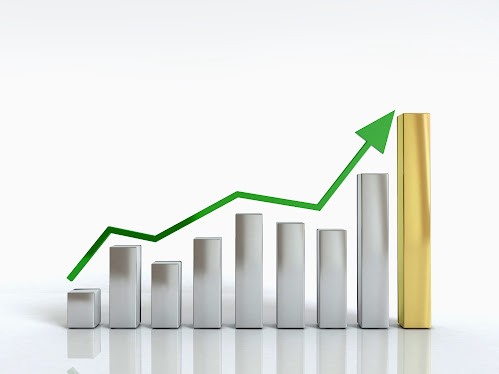Your 1-Week Roadmap to the Highest Return

The previous Section addressed the scientific aspect of financial fundamentals in a quantitative way that is easy to follow. This aspect of finance is a solid place to start and should not be ignored. In addition, you can read books, articles, blogs or take an in-depth investment course that deals with advanced financial ideas beyond the scope of this guide (see Resources). Once you know what works in the market, let’s come up with a simple portfolio plan implemented as a roadmap and checklist that work for you. Warren Buffett once said that “An idiot with a plan can beat a genius without a plan”, and so the ultimate goal of this guide is to outline a sequence of key steps to get ready to invest by developing a financially attractive and risk aware investment plan. This leads to the following 1-week sequence of steps: Day 1: Preparation Phase ( Workspace Setup) This is about selecting the appropriate investment platform and exploring investor online databases, stock APIs and related



